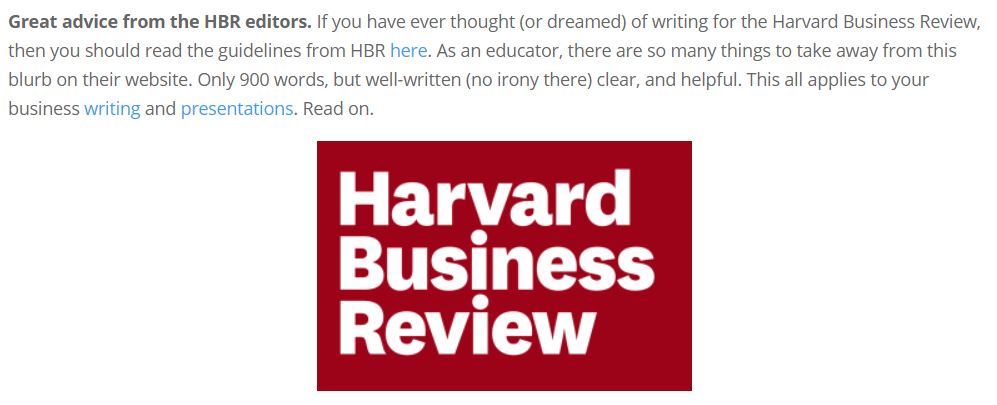Fewer subordinates, please
If you’re a boss, you may think the more subordinates you have, the better. But if those subordinates are subordinate clauses, too many subordinates will sap the power of your writing.
Subordinate clause defined
A subordinate clause—also known as a dependent clause—is “… a group of words that contains a subject and verb but does not express a complete thought,” according to the Purdue Online Writing Lab (OWL). As OWL notes, “A dependent clause cannot be a sentence.”
Subordinating conjunctions, such as “for, as, since, therefore, hence, consequently, though, due to, provided that, because, unless, once, while, when, whenever, where, wherever, before, and after” often alert you to the existence of a subordinate clause, says the Grammarly Blog’s discussion of subordinate clauses.
As Joe Moran says in First You Write a Sentence, “The subordinate clauses are servants to the main clause, and the sentence makes sense only when you have untied it all.”
The problem with subordinate clauses
Subordinate clauses are OK in moderation. But used to excess, they can exhaust the reader when they run on and on before the reader reaches the heart of the sentence.
As Moran says in First You Write a Sentence, “If the subordinate clauses extend into ten words or more, and become longer than the main clauses, reading them is a grind.” You’re asking a lot of your reader when you start with a long dependent clause.
Subordinate clause example
Here’s an example of a sentence that starts with a subordinate clause about Fed meetings. I use this example in my investment commentary webinar:
With only two more Fed meetings remaining in 2007 (on Oct. 31 and Dec. 11), the issue remains whether the Fed’s unexpectedly aggressive 50 basis point cut in the fed funds rate last week was intended to shock the markets to restore confidence or, they are concerned that the underlying economic conditions are worse than most of us think.
A more reader-friendly approach is to start your sentence with the main idea. Then, use a word like “and,” “but,” or “so” to add the information that you might otherwise have put in a subordinate clause. It’ll be easier for your reader to absorb your information when it’s presented in this order.
When I rewrote the sample sentence above about Fed policy. I dumped the subordinate clause, figuring the information in it wasn’t important enough to retain. I divided the rest of the content into three sentences. That left me with:
The meaning of the Fed’s half-percent cut in short-term interest rates is not clear. The Fed may have made this large cut to restore confidence. Or, the Fed may be worried that the economy is in worse shape than most of us think.
Want to learn how I got from the “before” to the “after” version of that sentence? Check out my investment commentary webinar. It’s available on demand.
Look for subordinate clauses in your writing. See if cutting them strengthens your prose. If you can’t cut them, move them so it’s easier for readers to grasp your meaning.
Disclosure: If you click on an Amazon link in this post and then buy something, I will receive a small commission. I provide links to books only when I believe they have value for my readers.







